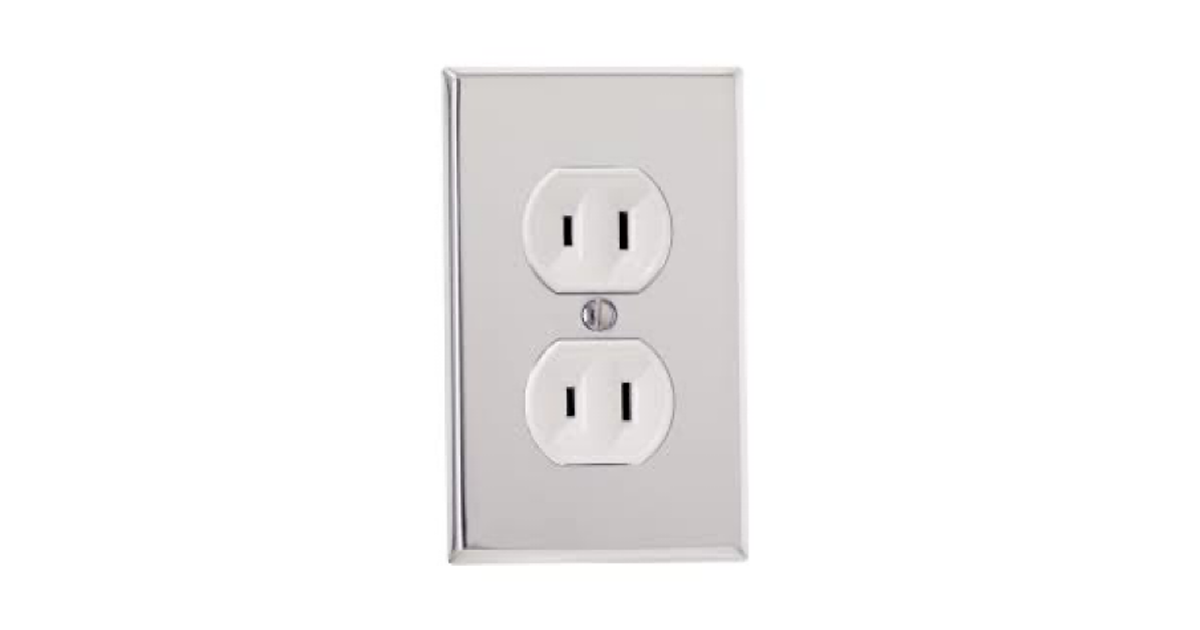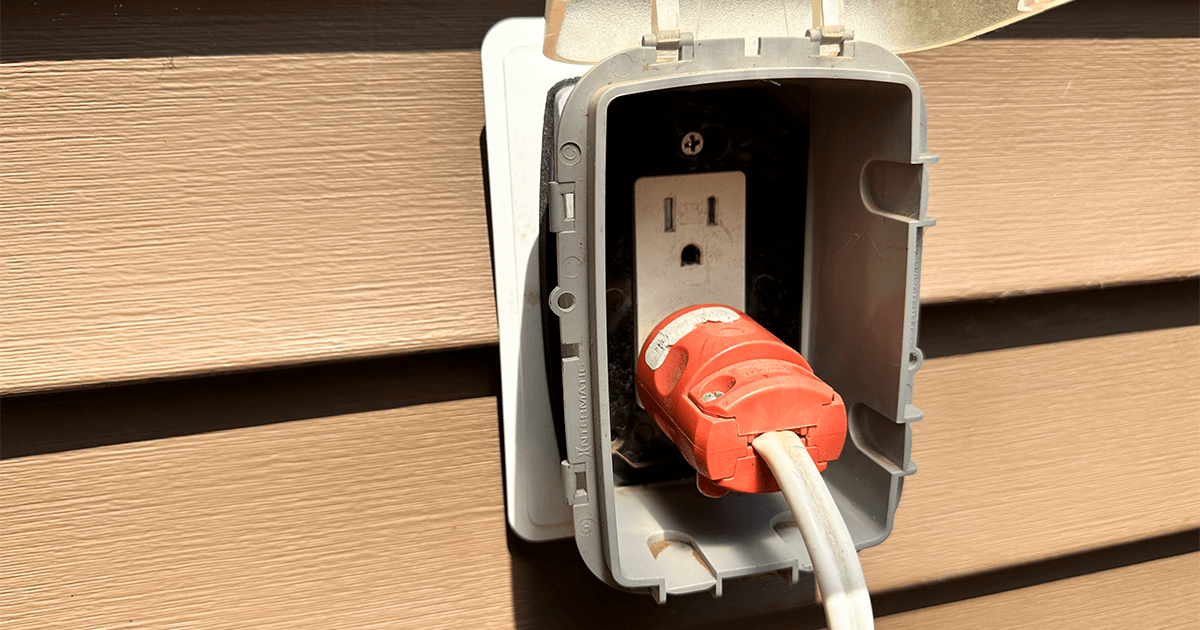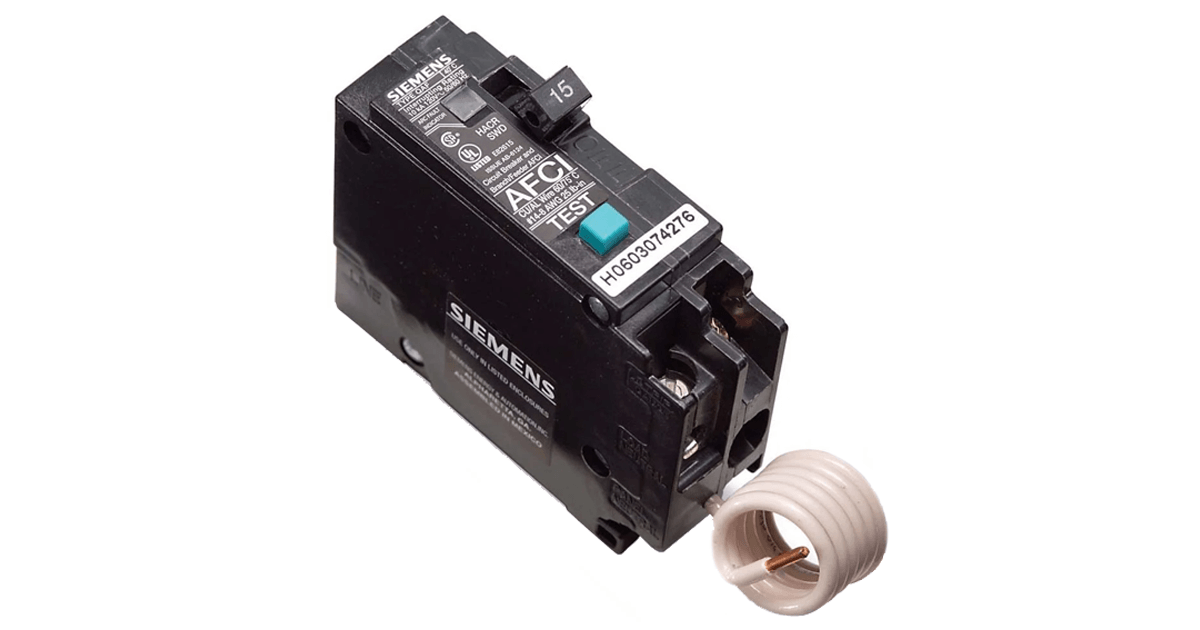Ungrounded circuits were prevalent until approximately 1964 when NMD-style wiring was introduced, featuring the addition of a 3rd bare ground conductor. Prior to this, all electrical circuits in residential homes were ungrounded. Initially, 2-prong receptacles were employed because the 3rd opening in the receptacle was unnecessary.
Individuals with older homes (pre-1964) sometimes opt to replace the existing 2-prong receptacles with new 3-prong receptacles. This cosmetic upgrade is often done to enhance and modernize the home’s appearance before listing it for sale. However, potential home buyers viewing the property might be misled into thinking that upgrades have been completed, assuming the circuits are grounded. It’s crucial to note that just because the receptacle has 3 openings does not guarantee grounding. A home inspector can perform a test using a plug-in tester to determine if the receptacle is truly grounded.
The Canadian Electrical Code addresses the issue of ungrounded circuits in Section 26-702 (2). It allows for the installation of a GFCI receptacle in an ungrounded circuit to offer protection as if it were grounded, although it does not ground the actual circuit. Installing a GFCI receptacle in place of an existing ungrounded outlet safeguards that outlet and all others downstream from it. Due to the challenges in determining what is downstream and what is protected with older wiring methods, the optimal solution is to install a GFCI receptacle at the electrical panel. This makes it the first device in the circuit, ensuring that all outlets downstream from it are protected.
Grounding, or the protection provided by GFCIs, is a vital safety consideration to prevent injuries in the event of equipment failure or damage to electrical appliances. At Robart Electric, when performing service upgrades from 60 amp to 100 amp, we address the issue of ungrounded circuits in homes.
Dealing with such concerns is a routine matter at Robart Electrical Services Ltd. Call Rob at (780) 705-3696 for a free quote today.





